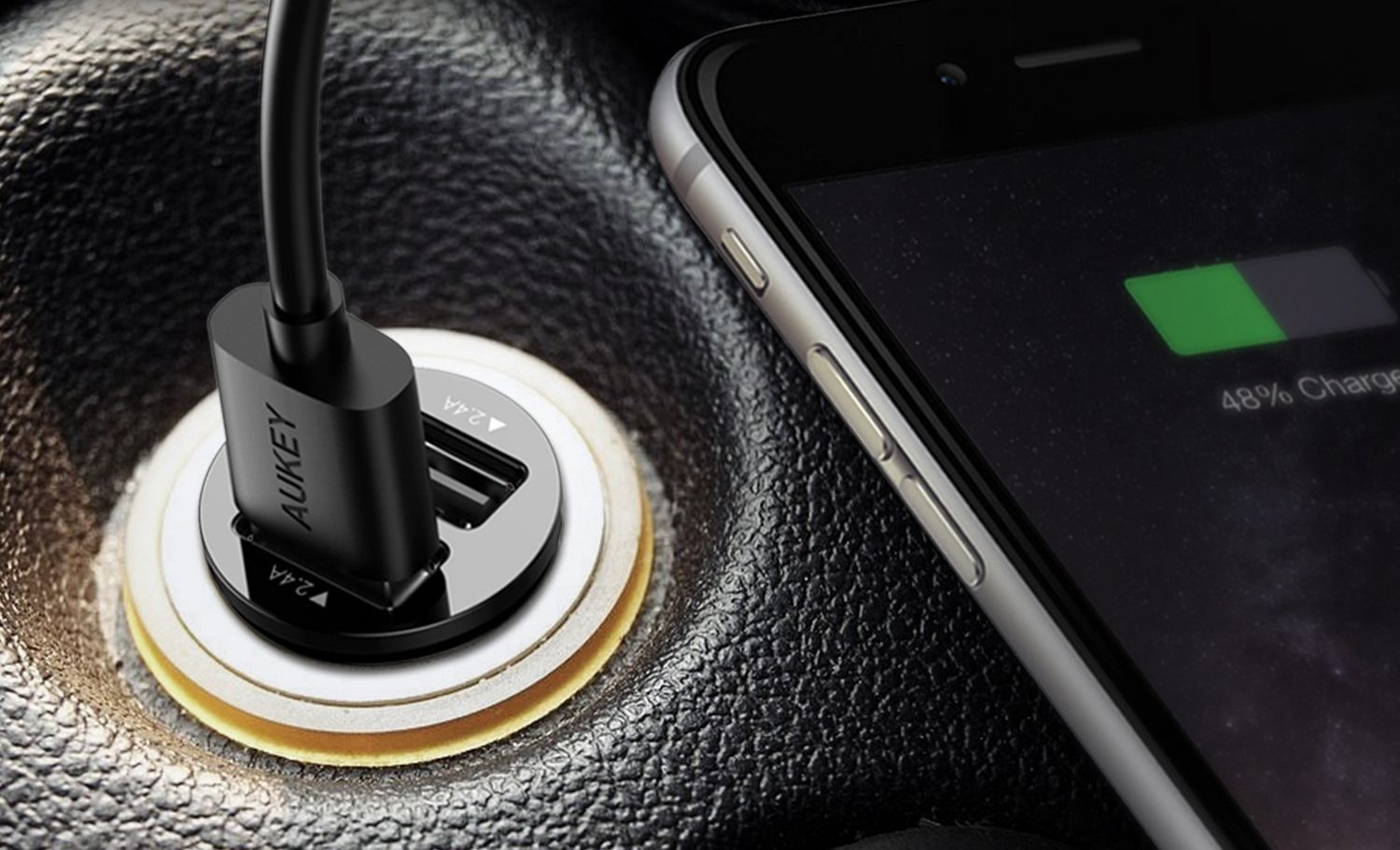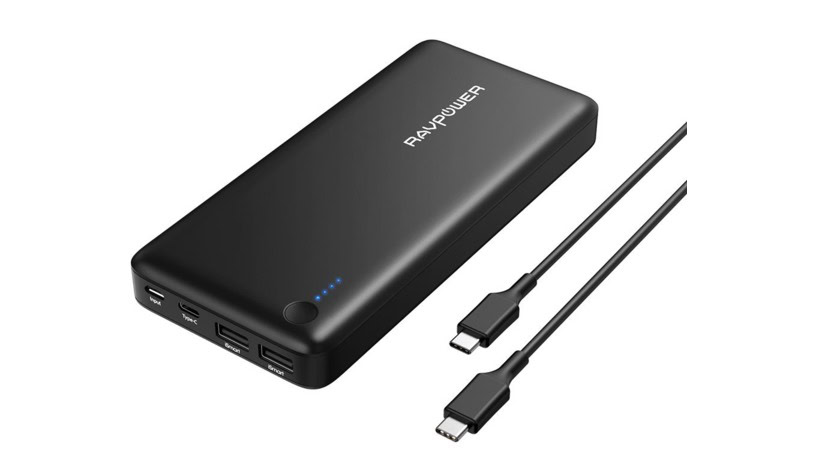
Some phones charge fast, others charge slowly. This can be an irritating reality of the modern smartphone world, particularly when handsets are increasingly packing in larger and larger battery capacities. Fast charging and all-day battery life certainly seem doable, yet relatively few smartphones offer these capabilities and slow wired charging is still a problem with many modern devices.
The Realme 5, for instance, is also stuck with just 10W charging. Even the new LG V60 is using 18W charging in Quick Charge mode. That’s quite pathetic compared to the 40, 50, and even 65W charging solutions from Chinese rivals like Huawei, Oppo, and Xiaomi.
Why is it that handsets popular in the West, such as those from Samsung and LG are stuck with slower charging speeds than their Chinese counterparts? Before diving in, here’s a quick overview of the charging power offered by recent handsets.
| Rated Power (Watts) | |
|---|---|
| Asus Zenfone 6 | 18W |
| LG V60 | 18W |
| Sony Xperia 1 II | 21W |
| Samsung Galaxy S20 | 25W |
| Samsung Galaxy S20 Ultra | 25W (45W supported) |
| Xiaomi Mi 10 Pro | 30W |
| Huawei Mate 30 Pro | 40W |
| Oppo Reno Ace | 65W |
Cost and complexity
By default, USB-C devices only support 7.5W of charging power. All but the very cheapest phones support faster charging, with 15W being the typical minimum you’ll find in a phone right now.
One reason why some phones don’t charge quickly is the cost and complexity to implement fast charging circuitry. Fast charging doesn’t come cheap. Handsets require specific chips to handle power handshake communication, transistors to switch current to the batteries, and, of course, quality batteries that can handle fast charging. The faster you want to charge up, the higher quality these components need to be. Not forgetting that these components also require extra engineering know-how and development time, which lower-cost OEMs may not be willing to invest.
It’s not just cost and complexity on the smartphone side that matters. High-wattage chargers also require high-quality components that can dissipate large amounts of heat. Hence why Samsung charges extra for its 45W Galaxy S20 Ultra charger. Powerful chargers are historically large and bulky. Although, advances like GaN technology are helping make these chargers more common and compact.
However, this defense doesn’t stand up to much scrutiny in upper mid-tier and flagship smartphones. Reasonably fast charging components easily fit into the bill of material budgets for handsets above $600. So are there any other reasons that some phones are faster than others?
Ubiquity vs proprietary

The fastest charging phones on the market all make use of proprietary technology. That’s all well and good, but only if you have the phone’s original charger handy and possibly the correct cable too. We spotted that the Google Pixel 4 won’t charge at all when using non-compliant USB-C cables. Even if you’re not a Pixel owner, you may require cables capable of handling 3A and even 5A for some proprietary charging standards.
An increasing percentage of third party accessories support Qualcomm’s Quick Charge or USB Power Delivery specifications. If you want a phone to fast charge with as many power banks, car chargers, and other plugs as possible, you’re best off adopting one of these two standards. With that in mind, many OEMs don’t bother investing in an expensive proprietary solution.
See also: Android smartphones with the best battery life
Major OEMs like LG, Motorola, and others, adopted Qualcomm’s Quick Charge a number of years ago before USB-C and USB PD were a thing. Some of these OEMs retain that close partnership with Qualcomm, possibly for convenience, cost, contractual agreements, or perhaps just familiarity. The latest Quick Charge 4.0+ version offers 18W charging with Quick Charge products, and up to 27W when connected to a USB PD charger. Its charging speeds are a little dated, but some OEMs remain committed to the old ways.
The newer USB Power Delivery spec supports charging speeds up to 45W, and even more for laptops. Phone and accessory manufacturers are increasingly adopting this standard too, meaning it will hopefully soon be the default. Although it’s not the fastest, USB PD is more than powerful enough and has growing support in the wider tech industry.
Making sure batteries last a long time

The final reason why some companies may not want to push fast charging speeds beyond 30W is due to the impact of fast charging on battery capacity and longevity. If a manufacturer wants to ensure a phone works well for two or three years, slightly slower charging speeds help.
Estimates from Xiaomi’s 100W fast charging testing suggest that moving from 30W USB Power Delivery to its 100W solution reduces battery capacity by around 20%. So a nominally 5,000mAh battery only has a capacity of 4,000mAh, which is clearly not a great trade-off for most devices. This is known as charging-induced degradation. This happens gradually over time and all batteries suffer eventual degradation, but 100W charging sees capacity fall further and faster than 30W.
Furthermore, charging with more power produces more heat. As we know from previous discussions, heat is enemy number one for battery health. Although charging for faster means less time for heat to build up, so it’s hard to say exactly how much of an issue this is.
The bottom line is that high power charging puts more strain on phone batteries. Battery material innovations and larger capacities are combating this trade-off, but they come at an increased cost.
Why this all matters
There are several reasons, some good and some bad, as to why handsets offer faster charging than others. Besides costs, the biggest discrepancy comes about from those who augment the common QC and USB PD standards with even faster proprietary technology.
However, there are some manufacturers who are still lagging behind the latest technology. Phones offering less than 20W charging, particularly in the high-end market, are inexcusable in 2020. It’s probably best to avoid them, unless your usage patterns make the point moot, i.e. you never need fast charging.
While very high wattage charging sounds tempting, it’s definitely not worth basing a purchase around. Furthermore, very high wattage, like 65W and above, arguably aren’t worth the hit to battery health. Instead, check for USB Power Delivery support in your next purchase. It’s the increasingly popular global standard supported by a wide range of devices and accessories. The approximately 25-45W available from this standard is fast enough. Fortunately, most mid-tier and premium smartphones now support USB PD.
More posts about batteries
from Android Authority https://ift.tt/2vfzQDf
via IFTTT





























.jpg)

0Awesome Comments!